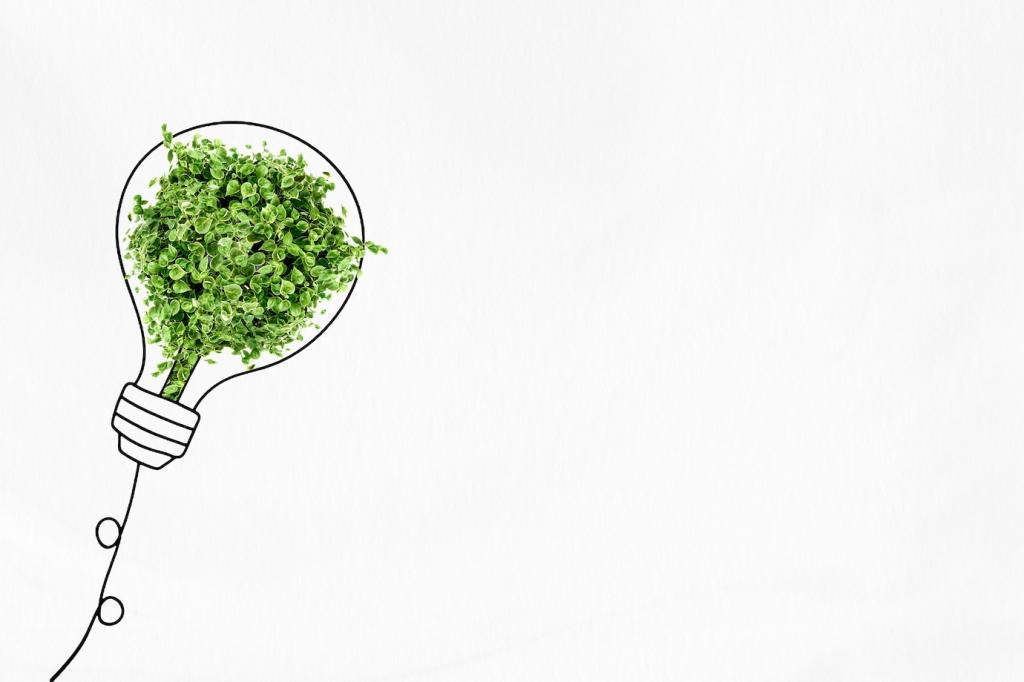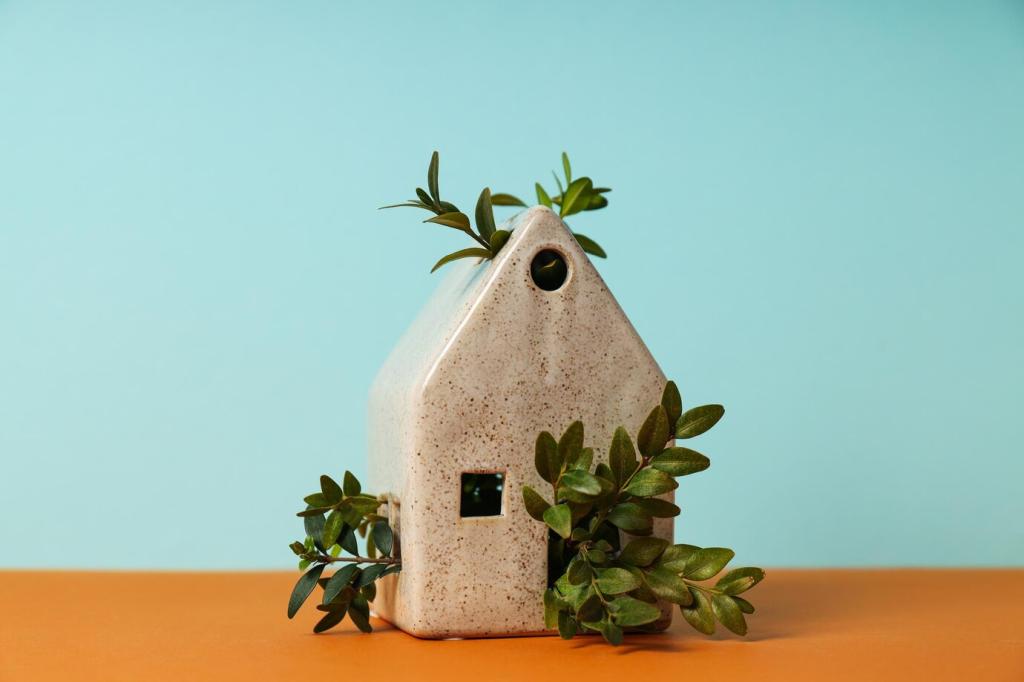Breathe Easy: Non-Toxic Paints and Finishes for a Healthier Home
Chosen theme: Non-Toxic Paints and Finishes for a Healthier Home. Step into a fresher living space where color meets well-being. Discover practical tips, trusted labels, and inspiring stories that prove beautiful walls do not need harsh chemicals. Share your questions, swap experiences, and subscribe for weekly healthy-home inspiration.
What VOCs Are and Why They Linger
Volatile organic compounds evaporate at room temperature, creating that “new paint” smell and silently irritating lungs, eyes, and skin. Even days after application, off-gassing can continue. Choosing zero-VOC bases and colorants dramatically reduces lingering odors and improves the comfort of sensitive family members.
Hidden Culprits Beyond VOCs
Even low-VOC paints can contain additives that bother some people, including ammonia, formaldehyde releasers, and glycol ethers. Scan technical data sheets and safety labels for APEO surfactants, phthalates, and isothiazolinone preservatives, especially if you have allergies. Ask brands directly, and share your findings with our community.
Choosing Safer Paints: Mineral, Milk, and Modern Zero-VOC Options
Silicate paints bond chemically to mineral surfaces, creating a highly durable, vapor-permeable finish that resists mold. They are odor-light and ideal for masonry or lime plaster. While color ranges are sophisticated, they can be limited, so plan a sample board first and tell us how your tests turned out.
Choosing Safer Paints: Mineral, Milk, and Modern Zero-VOC Options
Casein-based milk paint comes as a powder you mix with water, producing a matte, old-world look that feels alive. It is biodegradable and virtually odorless. Use a compatible non-toxic topcoat for durability on furniture. Post your before-and-after photos—we love spotlighting reader transformations.



Clean, Patch, and Prime with Care
Wash walls with mild, fragrance-free soap, repair imperfections, and sand dust-free. Select a zero-VOC primer that blocks stains without harsh solvents. Proper prep means fewer coats, less product, and lower emissions overall. Drop a comment with your favorite dust-control tricks for tidy, healthy projects.

Ventilation That Actually Works
Cross-ventilate by opening windows on opposite sides and using a box fan to exhaust air outdoors. Replace HVAC filters after painting to catch fine particles. This simple airflow plan reduces odors fast and keeps pets comfortable. Tell us your room-size and fan setup, and we will suggest airflow tweaks.
Room-by-Room Guide: Safer Finishes Where You Live Most
Choose zero-VOC wall paints and water-based, baby-safe finishes for cribs and dressers. Finish at least two weeks before the due date to ensure total cure. Add washable surfaces and an air purifier with activated carbon. Parents, share your timeline and brand choices to reassure new readers preparing a nursery.
Room-by-Room Guide: Safer Finishes Where You Live Most
Pick low-sheen, washable finishes with antimicrobial properties that do not rely on aggressive biocides. A quality exhaust fan and regular ventilation prevent condensation. Seal grout with water-based products. Tell us how your kitchen paint holds up to splatters, and we will compile reader-tested cleaning tips.



A True Story: From Headaches to Harmony
After years of postponing, the Ramirez family repainted their living room with a zero-VOC acrylic and mineral primer. They noticed immediately that the usual headache never arrived. By Monday, their kids’ playtime moved back indoors comfortably. What was your turning point toward healthier materials?
A True Story: From Headaches to Harmony
They remembered a prior renovation with solvent-heavy varnish that lingered for weeks. This time, they opted for a water-based polyurethane certified by GREENGUARD Gold. The difference was dramatic—no sticky air, no stinging eyes. Share your “never again” product moments to help others avoid the same mistakes.
Measure walls, subtract windows, and check the can’s square-foot coverage. Fewer coats mean fewer dollars and lower emissions. Keep a paint log with brand, color code, and sheen for precise future touch-ups. Share your coverage calculations, and we will feature clever hacks in our newsletter.

Care and Longevity: Keep Non-Toxic Finishes Looking Fresh

Use a soft sponge, warm water, and mild, fragrance-free soap to remove marks. Avoid abrasive pads that burnish low-sheen finishes. Spot-test in a hidden area first. Share stubborn stain stories, and we will crowdsource non-toxic solutions that actually work without damaging the surface.
